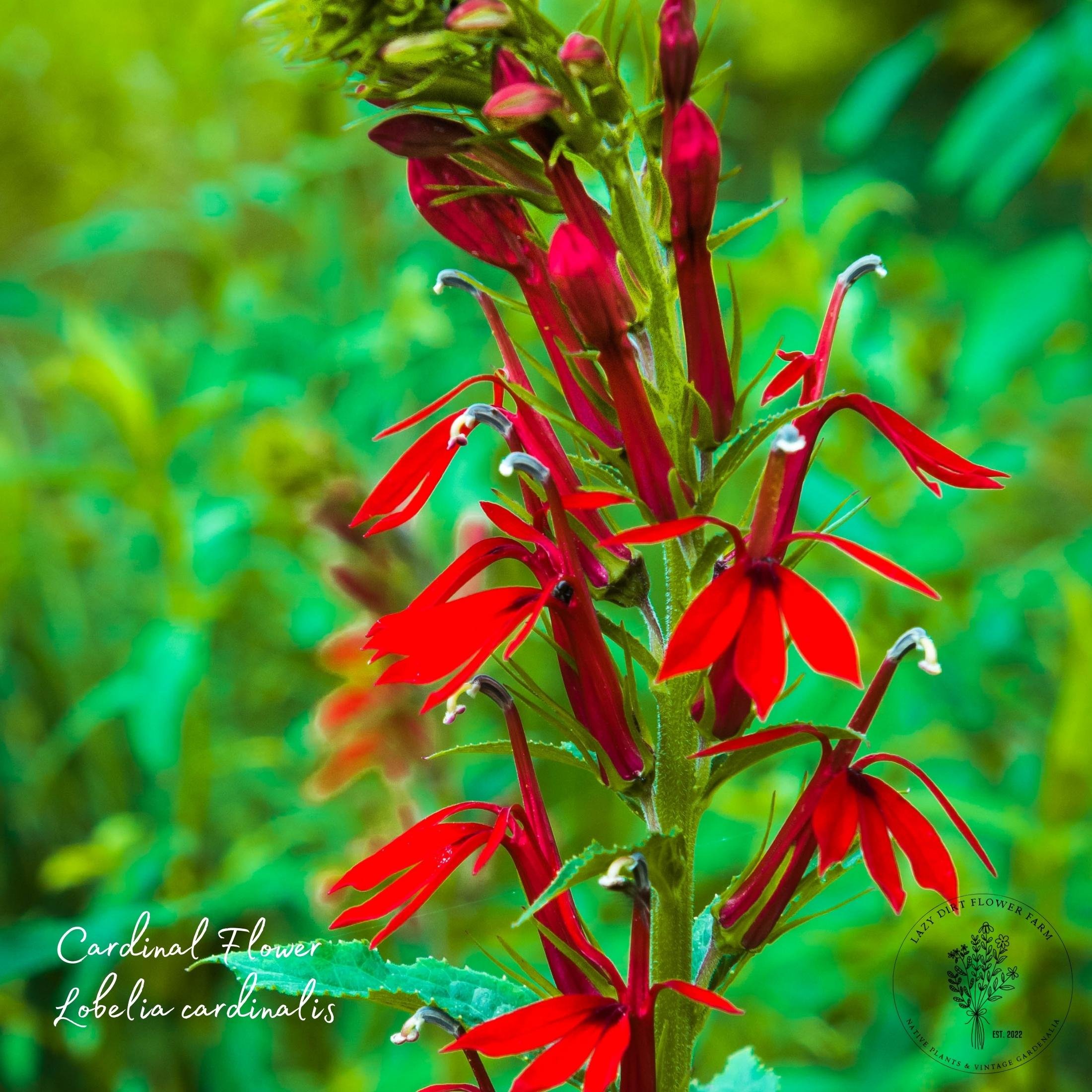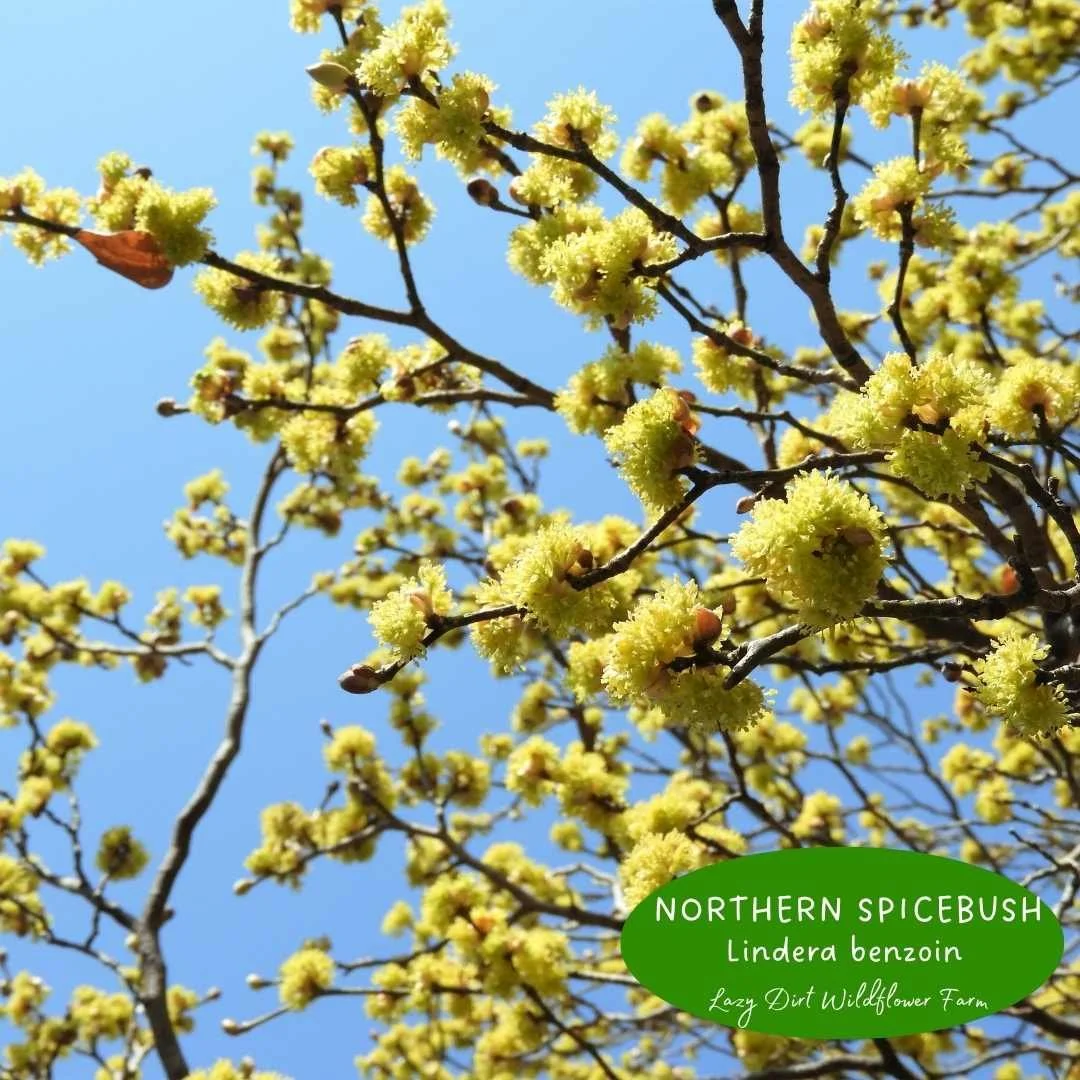Dutchmen's Breeches (Dicentra cucullaria)
In early Spring, before the leaves of trees and shrubs emerge native Spring ephemerals greet the sun for just a few short weeks. They store up energy in their corms then enter dormancy until the following Spring.
Spring ephemerals such as Dutchman’s Breeches are a vital food source for emerging pollinators. Especially Queen Bumblebees who are limited in how far they can travel from their nests.
Remember to not disturb wild populations of native Spring ephemerals like Dutchman’s Breeches, Trilliums, and other species!**
PLANT DEETS
Part Shade to shade blooming in early to mid April
dry to moist woodland soils (under trees and shrubs)
6-12” tall with 6” spacing
Foliage is toxic to mammals so avoided by deer.
Plant in clusters & be sure to map/mark where they are planted
Available for pickup May 2025
In early Spring, before the leaves of trees and shrubs emerge native Spring ephemerals greet the sun for just a few short weeks. They store up energy in their corms then enter dormancy until the following Spring.
Spring ephemerals such as Dutchman’s Breeches are a vital food source for emerging pollinators. Especially Queen Bumblebees who are limited in how far they can travel from their nests.
Remember to not disturb wild populations of native Spring ephemerals like Dutchman’s Breeches, Trilliums, and other species!**
PLANT DEETS
Part Shade to shade blooming in early to mid April
dry to moist woodland soils (under trees and shrubs)
6-12” tall with 6” spacing
Foliage is toxic to mammals so avoided by deer.
Plant in clusters & be sure to map/mark where they are planted
Available for pickup May 2025
In early Spring, before the leaves of trees and shrubs emerge native Spring ephemerals greet the sun for just a few short weeks. They store up energy in their corms then enter dormancy until the following Spring.
Spring ephemerals such as Dutchman’s Breeches are a vital food source for emerging pollinators. Especially Queen Bumblebees who are limited in how far they can travel from their nests.
Remember to not disturb wild populations of native Spring ephemerals like Dutchman’s Breeches, Trilliums, and other species!**
PLANT DEETS
Part Shade to shade blooming in early to mid April
dry to moist woodland soils (under trees and shrubs)
6-12” tall with 6” spacing
Foliage is toxic to mammals so avoided by deer.
Plant in clusters & be sure to map/mark where they are planted
Available for pickup May 2025
FUN PLANT FACT: The seeds of Dutchmen’s Breeches are spread by ANTS! Called myrmecochory, seed dispersal by ants is a phenomenon found throughout the world! More than 11,000 plant species (4.5% of all plants) across multiple ecosystems are interdependent with insects~ a key factor in plant diversity.
**note on available ‘years’ due to the slow growth our Spring ephemerals are limited availability in 1 ‘size’ only.
For more information about native Spring ephemerals visit Cornell Botanical Gardens or the Finger Lakes Native Plant Society
To learn more about myrmecochory see, Krum, Howard. “Seed Dispersal: Sneaky Plants and Gullible Ants” Adirondack Almanack. 22 May, 2014









